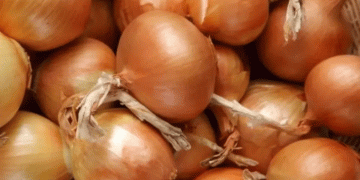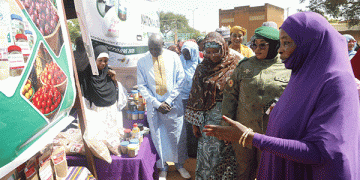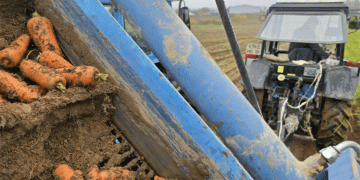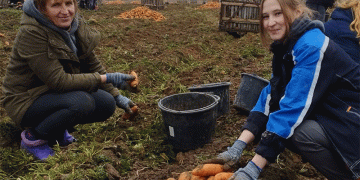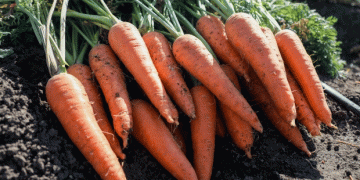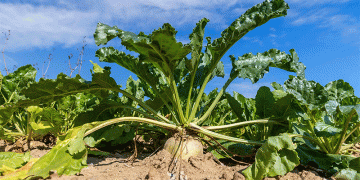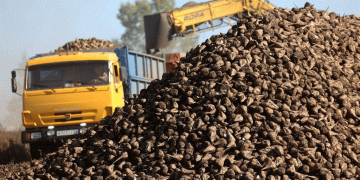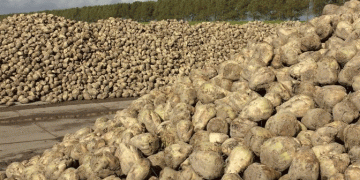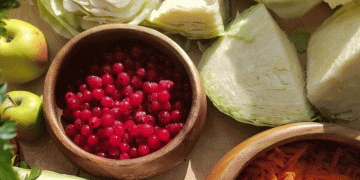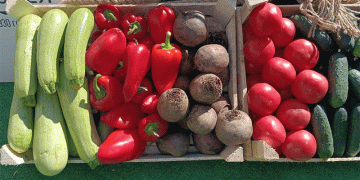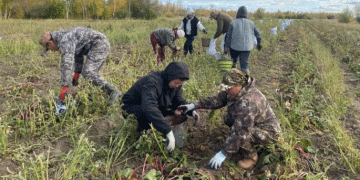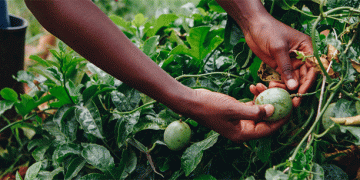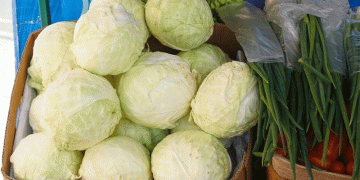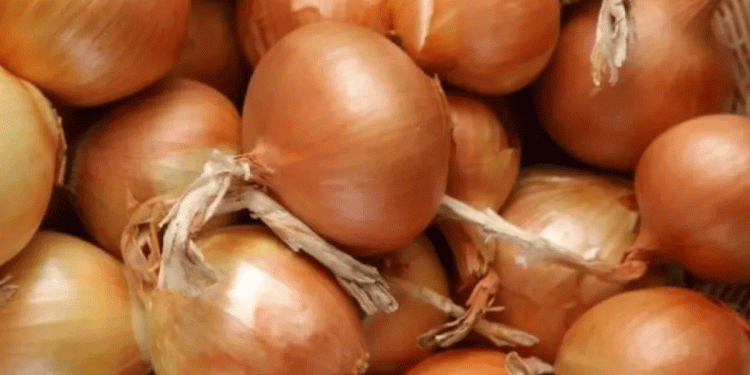In a striking projection, Kazakhstan’s Ministry of Agriculture has forecasted a seismic shift in its vegetable market for 2025. Domestic onion consumption is expected to surge from 31 kg to 51.6 kg per capita annually—a 66% increase. To meet this demand, production is projected to rise from 756,700 tons to 1.07 million tons. This pivot towards the home market is further evidenced by a planned 36% drop in onion exports, from 265,000 tons to 169,000 tons. A similar, though less dramatic, trend is seen in the potato sector, with per capita consumption predicted to rise from 105 kg to 123.3 kg, while exports are set to decline by over 90,000 tons.
This planned reorientation of the agricultural sector is not without its risks. The ministry itself notes that current production estimates are vulnerable to climatic volatility, including drought in the south and waterlogging in the north. Furthermore, this intensified focus on domestic supply will inevitably put pressure on the entire value chain. The forecast already accounts for post-harvest losses—estimated at 7% for onions and 10% for potatoes, aligning with FAO global averages for developing supply chains. However, as a 2024 report from the International Food Policy Research Institute (IFPRI) highlights, increasing domestic consumption is only sustainable if matched by investments in storage, logistics, and processing to minimize these very losses. The success of this strategy hinges on whether production gains, driven by expanded acreage and higher yields, can outpace the compounded pressures of reduced exports, rising imports, and significant in-country wastage.
Kazakhstan’s agricultural policy is making a clear and calculated bet on its internal market. The projected figures represent more than just changing diets; they signal a strategic move towards greater food self-sufficiency and economic insulation from global market fluctuations. For farmers and agribusinesses, this translates to a guaranteed and growing home for their produce. However, the real test will be operational. The sector’s long-term profitability and stability will depend on parallel investments in climate-resilient farming, efficient cold chains, and modern storage infrastructure to ensure that the impressive volumes being grown actually reach Kazakh dinner tables, rather than being lost in the field or in transit.
